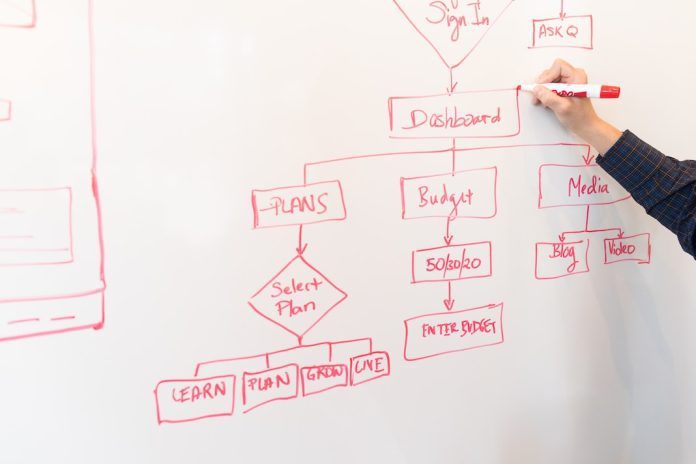As a Human Resources (HR) professional, one of your crucial responsibilities is to ensure that policies and processes within your organisation align with its objectives, values, and compliance requirements. When introducing a new policy or process, it’s essential to assess its potential impact to ensure a smooth transition and successful implementation. Lets explore the key steps and considerations for assessing the impact of a new policy or process on your organisation.
- Define Clear Objectives
Before implementing any new policy or process, it’s imperative to define clear objectives. Ask yourself and your team: What do we aim to achieve with this change? Is it improved efficiency, increased compliance, enhanced employee satisfaction, or something else? Defining your objectives will provide a foundation for evaluating the impact later on.
- Identify Stakeholders
Identify the key stakeholders who will be affected by the new policy or process. This includes employees, managers, executives, and possibly external parties such as clients or vendors. Understanding their needs, concerns, and expectations will help you gauge the potential impact more accurately.
- Conduct a Risk Assessment
Assess potential risks associated with the new policy or process. Identify potential obstacles, resistance to change, and any legal or regulatory compliance issues. Consider the worst-case scenarios and how they might impact your organisation. This will allow you to proactively address these challenges.
- Analyse Resource Requirements
Determine the resources required for implementation. This includes financial resources, human resources, and technology or infrastructure needs. Ensure that your organisation can allocate these resources effectively to support the new policy or process.
- Measure Performance Metrics
Establish key performance indicators (KPIs) that will help you measure the impact of the new policy or process. These metrics should be specific, measurable, achievable, relevant, and time-bound (SMART). Common HR-related KPIs include employee retention, productivity, engagement, and compliance rates.
- Conduct Impact Assessments
Assess the potential impact of the new policy or process on various aspects of your organisation, including:
a. Employees: Evaluate how the change will affect the workforce. Consider factors like workload, training needs, and job roles. Will it improve or hinder their job satisfaction and productivity?
b. Culture: Assess the impact on the organisational culture. Will the change align with your company’s values and mission, or will it disrupt the existing culture?
c. Compliance: Ensure that the new policy or process complies with local, state, and federal laws and regulations. Non-compliance can lead to legal issues and reputational damage.
d. Efficiency: Analyse whether the change will improve operational efficiency. Will it streamline workflows, reduce manual tasks, and enhance overall productivity?
e. Costs: Calculate the financial impact of the new policy or process. Consider both short-term and long-term costs, including implementation, maintenance, and potential savings.
- Collect Feedback
Engage with employees and other stakeholders to gather feedback and insights. Conduct surveys, focus groups, or one-on-one interviews to understand their perspectives, concerns, and suggestions. This feedback can help you fine-tune the new policy or process before full implementation.
- Pilot Testing
Consider conducting a pilot test or a small-scale implementation of the new policy or process. This allows you to identify any unforeseen issues and make necessary adjustments before rolling it out organisation-wide.
- Create an Implementation Plan
Based on your assessments and feedback, create a detailed implementation plan that outlines the steps, timelines, and responsibilities involved in introducing the new policy or process.
- Monitor and Evaluate
Once the new policy or process is in place, continuously monitor and evaluate its impact using the established KPIs. Collect ongoing feedback and make adjustments as needed to ensure its effectiveness.
Conclusion
Assessing the impact of a new policy or process in your organisation is a multifaceted task that requires careful planning, analysis, and stakeholder engagement. By following the steps outlined in this guide, you can enhance your ability to introduce changes smoothly, minimise disruptions, and achieve your HR objectives effectively. Remember that assessing impact is an ongoing process, and adaptability is key to ensuring the long-term success of any organisational change.









































